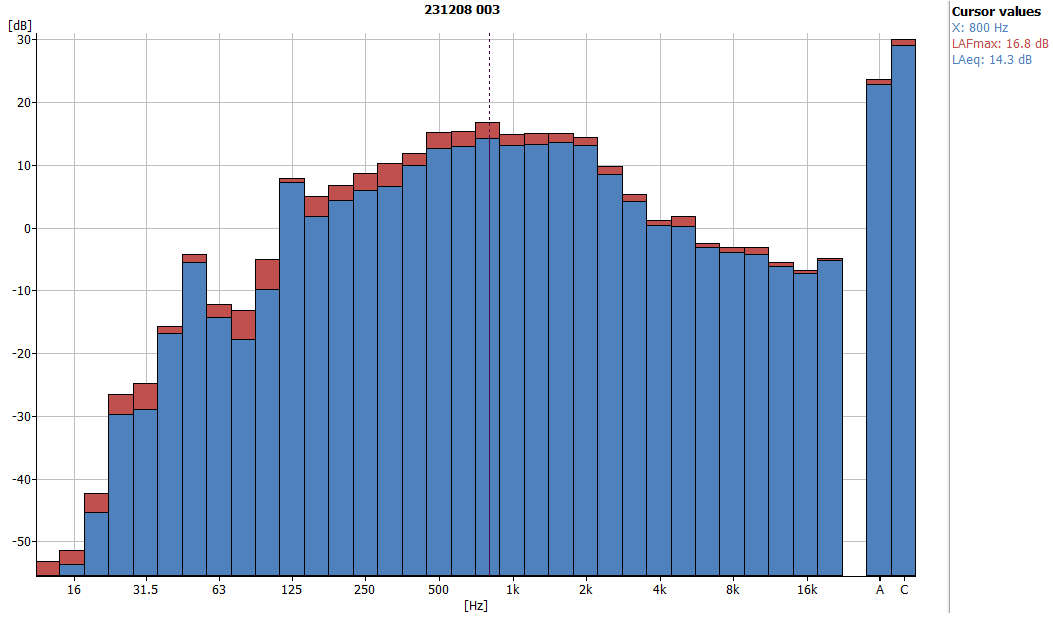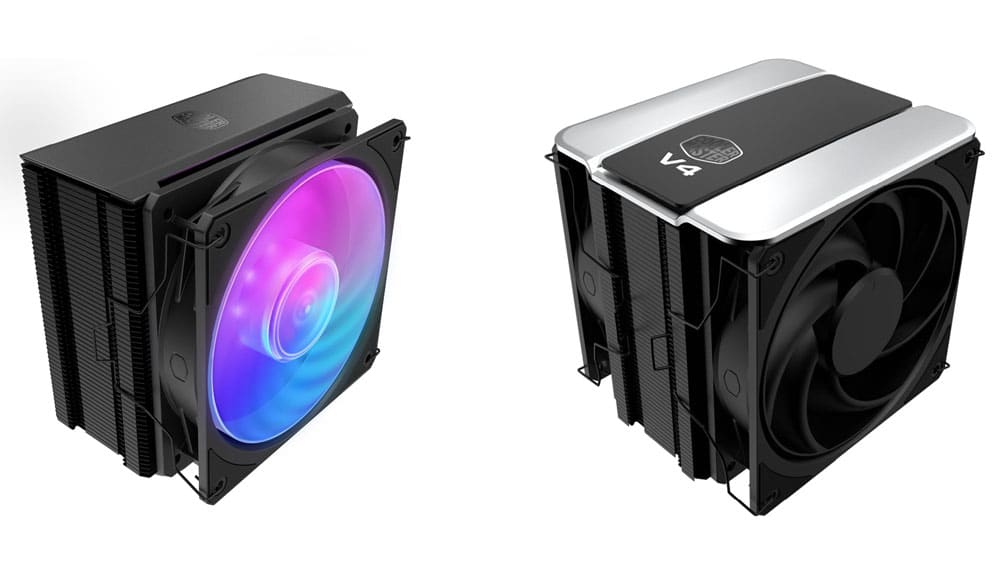Frequency Plots
10% Fan Speed
A notable noise spike here at 2 KHz.
25% Fan Speed
At 25% true speed or 758 RPM, I found a low bearing noise generated mainly from a noise spike at 160 Hz, besides the increased noise in the 1.6 – 2 KHz region.
50% Fan Speed
75% Fan Speed
100% Fan Speed
The noisiest frequency at full speed is the 500 Hz one.
Signal Recordings
I have recorded the signals shown above, but please keep in mind that I’ve enabled Automatic Gain Control (AGC) to do so to make it easier for you to reproduce them. The provided recordings are only offered for aural identification purposes.
10% Fan Speed
25% Fan Speed
50% Fan Speed
75% Fan Speed
100% Fan Speed
Pages:










Is there a wiring diagram available for the Alphacool Apex Stealth 2000 fan? We are using in a non-computer application & need to know which wire/pin is ground.
usually the black pin is ground
The Phanteks T130-120 might not leave room for competition, but it’s the only one 30 mm high, instead of 25 as all the others.
Looks a tiny bit unfair this way, if you ask me.
Very good review. Love the page 8 normalized noise tests.
– Woud love a ”real world” thermal test like der8auer did with a radiator too. Lot of numbers, cfm, noise etc but what does it translate in °C ?
– Wish you added to the charts : Noctua NF-A12x25 PWM /// be quiet SILENT WINGS PRO 4 120mm PWM /// ARCTIC P12 Max
And when you hit the max speed for exemple noctua remove it for the later stages.
I usually set my fans 800-1000 RPM idle and 1300-1800 for gaming.
We will add more soon. We are re-testing most stuff right now.
A real-world test would only cover 1% of all possible scenarios because some radiators need high airflow, others high static, and others a mix.
In the real world, you see static in cooling systems and airflow for chassis use.